|
In a major step toward safer speed limits in Australia, Yarra Council in Victoria voted on 14 November 2023 (minutes) to support an increase to the area covered by the safe 30km/h speed limit, by around 200%. If it is supported by the Victorian Government the 30km/h speed limit zone will be expanded from the existing area in northern Fitzroy and Collingwood to cover the expanded area to the south (in blue). In making their decision the Council considered a safety study compiled using data from the Victorian Government's Road Crash Information System database. The safety study found that in the five years since the 30km/h speed limit zone was implemented, serious crashes in the area dropped by 70 per cent compared to the five years prior, while noting the added effect of COVID lockdowns. The report to Council can be accessed (here at item 7.2) and on ABC news here. However, two days later on 16 November, the Chief Commissioner of Victorian Police Shane Patton was on ABC Radio Melbourne saying he was not aware of any evidence that 30km/h speed limits would reduce road trauma. He said, “I think no one is going to obey it ... it’s ridiculous”. You can listen here around minute 15:30. His views are similar to those of many people in the community for whom driving is a central part of their identity and life, and driving fast is celebrated. It is problematic however that as police commissioner he is unaware of the large body of evidence that lower speeds reduce trauma, put forward very recently to a state parliamentary inquiry looking into reducing road deaths by the Victorian Government’s Road Safety Partnership (made up of the Transport Accident Commission and the Transport, Justice and Health Departments). More problematic is that the way he expressed himself might give people the impression that Victorian Police would not enforce the speed limit if it became law. The Safe Systems approach, that underpins most of Australian road safety, relies on consistent and comprehensive enforcement as a foundational element to shifting community views and behaviours to achieve lower injury and death rates. Fortunately, the Chief Commissioner has been publicly called out in Victoria’s newspaper of record. In an editorial in the Age (Nov 2023) Patrick Elligett described how far behind international best practice Australia is in relation to adopting safe 30 km/h speed zoning in urban areas. His column explains how 30km/h speed limits that initially seem problematic to a lot of people can quickly become normalised: ‘often, once unpopular decisions are implemented, it can be hard to believe there was ever resistance.’ That in the past Australia has been a leader in adopting new road safety measures but has not kept pace more recently. Examples that he cited may sound shocking to modern ears, like wearing seatbelts (in 1970 considered an affront to personal liberty!) or not driving while affected by alcohol or drugs (introduced in Victoria in 1976). It is a long road to get from where we are to safe streets for everyone. As a community we are all relying on the support of police and their leaders. This mini-drama highlights the importance of the relationships between ministers with responsibility for transport and police portfolios. When politicians talk to police leadership they must prioritise discussions about how enforcement efforts can be used to promote community safety, not perpetuate social attitudes where many people feel entitled to drive at dangerously high speeds that result in killing and wounding of other people. Read more about safer speeds here.
0 Comments
Exciting news from Better Streets! We're thrilled to announce a significant achievement in our ongoing efforts to promote active and safe travel for school children in New South Wales. After a series of strategic meetings with ministers, parliamentarians, and participating in pivotal workshops, we have successfully influenced the NSW Government to allocate $10 million towards Active Travel to Schools. This funding is part of the broader $60 million Get Active NSW annual grants program. A Step Towards Safer, Healthier School Commutes The funding earmarked for Active Travel to Schools is a game-changer. It opens doors for essential infrastructure developments around school areas. Councils across NSW can now apply for this funding to construct and improve footpaths, shared paths, pedestrian crossings, and potentially develop 'school streets' – zones prioritizing the safety and mobility of young students. The Role of Better Streets Our journey to this point has been one of persistent advocacy and collaboration. The Better Streets team, including our member organisations, have been at the forefront to engage in meaningful dialogues with key government stakeholders. Our goal is clear: to ensure that the safety and well-being of our children are at the heart of urban planning and development, especially in school zones. We recommend that 75% of school children should be enabled to walk, ride, scoot or catch public transport to school. The Future of Active Travel This funding is not just about infrastructure; it's about fostering a culture of active travel among the younger generation. Encouraging walking, cycling, and other forms of active commuting to school has far-reaching benefits, from reducing traffic congestion to promoting physical health and environmental awareness among students. Call to Action for Councils, Parents, and Teachers The first round of funding applications is due by mid-December. We strongly encourage councils to take advantage of this opportunity. But the engagement doesn’t stop there. We also call on parents, teachers, and school communities to think creatively about how this funding can best be used to enhance access and safety around their schools. Looking Ahead While this is a significant milestone, it's just the beginning. We anticipate additional opportunities for funding in the future, aiming to expand the reach and impact of the Get Active NSW program. Better Streets remains committed to advocating for safer, healthier, and more sustainable communities. Together, let's transform the way our children travel to school, making each step, pedal, or stride a part of a larger movement towards a better, more active future. An alarming spike in deaths across Australia is underway and no one is talking about it. In the 12 months to August 2023 there were 27% more pedestrians killed and 37% more bike riders killed in cities and towns across Australia. That includes 15 children who will never reach adulthood. NSW roads were our number one killer, with 65% more pedestrians killed in the last 12 months to August. In South Australia there were 50% more. Across all road users, deaths have increased by 8.4% in the last 12 months, with NSW up by 25% while South Australia and Western Australia are up by 22% and 16% respectively. This is a national tragedy that needs immediate action. The arms race for bigger, more dangerous vehicles "Driving is probably the most dangerous thing we will ever do, and as a normal citizen, it is the most likely way that you will kill another citizen,” says Adam Tranter, walking and cycling commissioner for West Midlands in the UK. "Cars are getting bigger, more comfortable, more protected. The more we lose sight of the fact that cars are very effective weapons when used incorrectly, we lull ourselves into a false sense of security," he said in The Guardian last month. The surge in road deaths in Australia can be attributed to increased vehicle sizes, speeding and driver distraction. SUVs and utes have worse sightlines so it's harder for drivers to see people (some are worse than a tank), it takes longer to brake (due to weight) and the bonnet is much higher (hitting a person's skull and internal organs rather than hip or leg which increases the likelihood of death). Bullbars can make this even worse. This is evident when we compare pedestrian deaths in the USA, where the number of pedestrians killed each year in traffic rose 83% between 2009 to 2022, an average increase of around 6% a year. Vehicle sizes have also increased significantly over that period. By comparison, the European Commission has a target for ‘vision zero’ with no road deaths by 2050. It’s considering banning inexperienced drivers from operating SUVs and ensuring that all driver training includes safe behaviour around people walking and cycling. It’s also difficult and expensive to purchase and run an SUV in many European countries, whereas in Australia we often heavily subsidise them thanks to a generous $67,000 tax write-off for businesses (a subsidy that only recently dropped from $150,000). Meanwhile, Standards Australia is contemplating increasing car parking spaces by 20cm in length to accommodate these larger vehicles. Photo by Better Streets volunteer Toby Thumpston at his local shopping centre The current car parking standards were established in 1993 when a new Ford Falcon measured 4.92 metres long. Today, the most popular car is the Toyota HiLux dual cab ute at 5.27 metres long – giving it less than 15cm of breathing space in average parking spots. Two-thirds of new vehicle sales in Australia last year were SUVs, 4WDs or light commercial vehicles, which include utes. Image from The Guardian
This arms race for bigger vehicles is leading to a catastrophic increase in deaths and horrific injuries. "Loosening your belt isn't the best way to resolve weight gain. We need to tackle this spike in deaths head on," says Sara Stace, President of Better Streets. “We need to stop sanitising terms such as 'Killed and Seriously Injured' which the industry simplifies to KSI," says Sara. "It downplays the devastation that people experience when their child is killed or they have to live the rest of their lives with a crippling disability. We're immunised to the 1,250 people killed on our roads every year.” But aren’t new and electric vehicles safer and cleaner? A counter argument we often hear about these big new vehicles is that they have lots of safety gear, like sensors and automated braking. However if these were truly working we’d see fatalities decreasing and clearly we’re not. Vehicle safety gear is mostly for protecting the occupants rather than people outside the vehicle, and does not ameliorate the inherent danger of military-sized trucks driving on our local streets. In addition to the fatal consequences to humans, pets and wildlife, there’s also enormous climate and biosphere impacts. The embodied emissions and other materials in two- to three-ton vehicles causes vastly more wear and tear on the roads than regular vehicles. Even electrifying them won’t solve the problem of decarbonising and reducing resource consumption. McKinsey says an EV has roughly double the production footprint of a typical internal combustion engine (ICE) vehicle. Stephen Hodge from We Ride Australia points out that “a single Tesla 3 battery is equivalent to around 147 e-bike batteries, resources that could be used to help get people mobile much more economically and save valuable resources at the same time.” And these massive batteries make them heavier and more dangerous. “EVs reinforce the car-dependent behaviour and approach to city-making that created the problem in the first place,” says Dr Catherine Knight, from Massey University in Aotearoa New Zealand. What does Better Streets recommend? Better Streets recommends three broad solutions to improve safety for people walking and cycling and get us closer to achieving Vision Zero:
The role of governments Governments in Australia have proven themselves willing to take radical action to save human lives and support public health and safety. Most notably in relation to world-leading anti-tobacco campaigns and rules (we were the first to ban smoking on flights), gun control, seat belt safety, and responses to the COVID-19 pandemic. The case of enormously dangerous cars and speeding on our roads should be no different. Governments need to urgently address the true causes for the rapidly escalating road deaths as a public health and safety emergency - and act immediately to protect lives. Our recommendations for all three levels of government are outlined below. At a national level:
For local governments:
Reference: vox.com |
Archives
July 2024
Categories
All
|

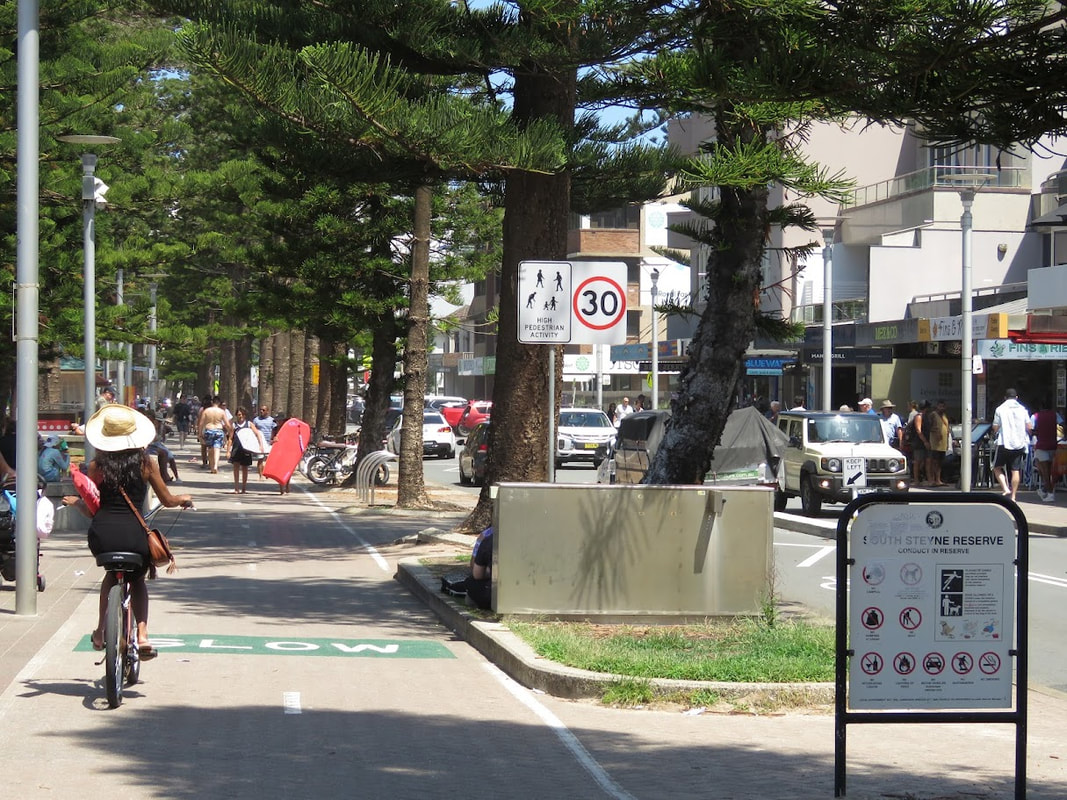
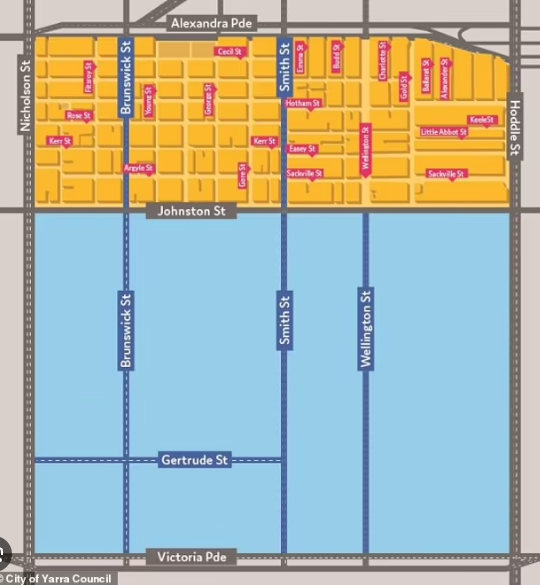
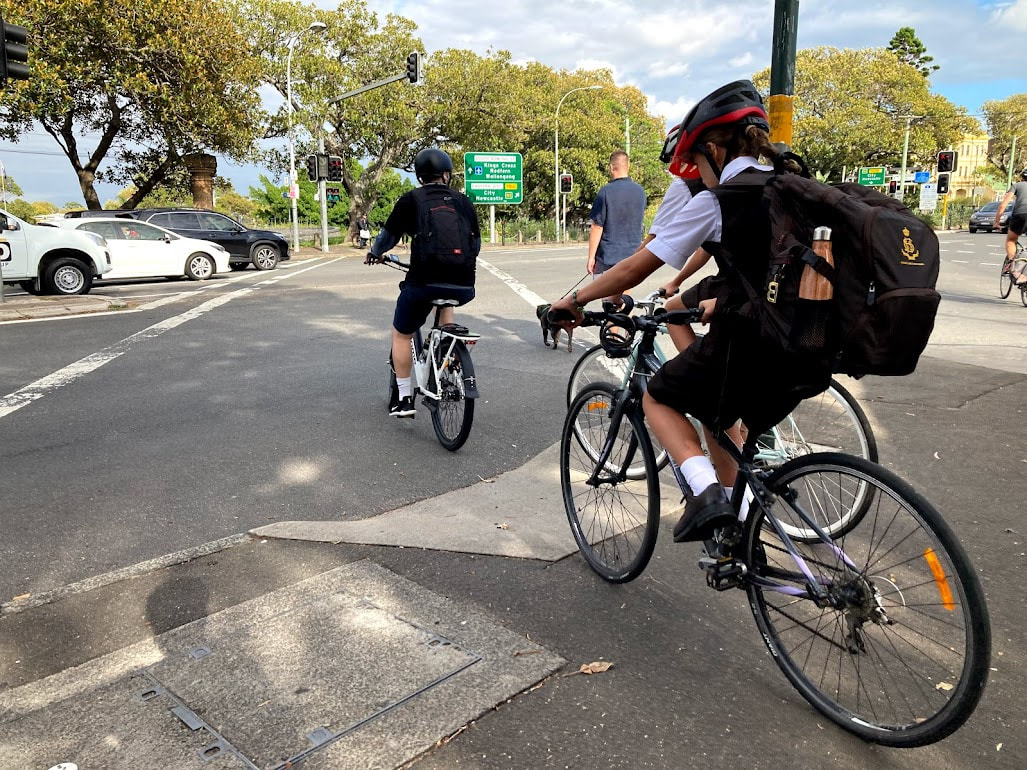
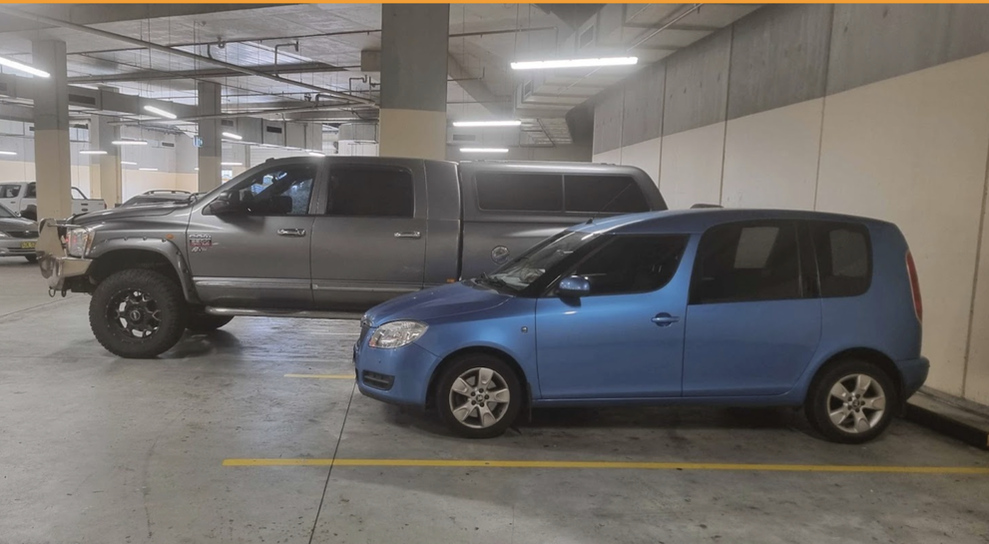
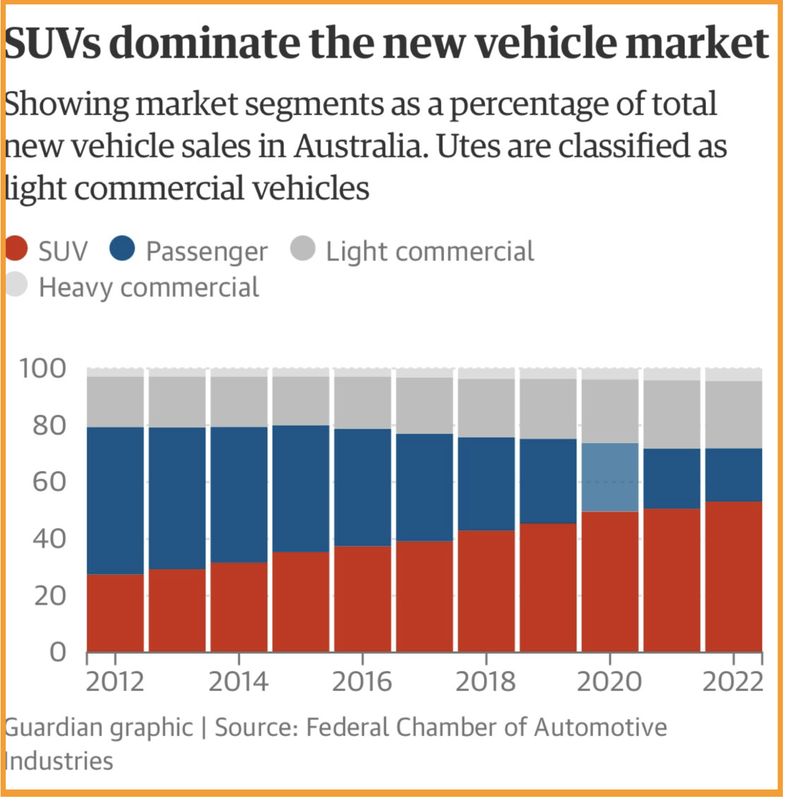
 RSS Feed
RSS Feed